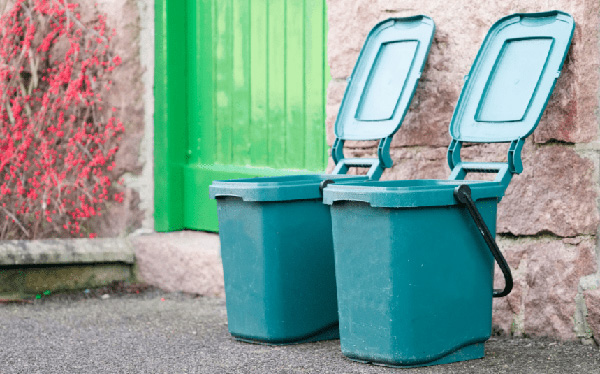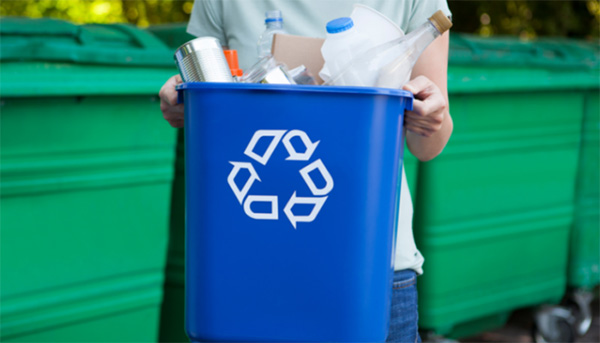We’ve come a long way on the journey towards a more environmentally sustainable world. But we still have far to go. Especially when it comes to recycling.
Across the globe, we have some ambitious recycling targets ahead of us that we need to hit by 2030. The goal in the USA is to increase the national recycling rate to 50%. In Canada, we need to cut the amount of waste going to landfill in half, while in Europe, 60% of municipal waste should be recycled.
Getting people actively engaged in recycling programs is becoming more important by the day. But increasing recycling rates remains a major challenge for waste authorities. And this is where smart sensors and data insights come into the picture.
Sensor technology and a data-driven approach to waste management has huge potential to help cities and municipalities achieve their environmental goals. Smart sensors provide data on waste generation behavior in real-time. The devices are powered by IoT (Internet of Things) and can be fitted into waste containers, including recycling bins. They provide a transparent overview of waste and recycling patterns along with actionable insights for areas of improvement.
In this article, we consider how smart sensors can help you gain more transparency around your recycling participation rates and work towards improving them.
Increasing Recycling Rates with Smart Sensors
Getting people actively involved in recycling programs requires an understanding of our waste behavior and habits. Once we understand our starting point, we can begin changing things and move towards a greener future. And this starts with data.
Digital and Transparent Overviews of Recycling Levels
You can use smart sensors to get an understanding of how much waste is recycled. And you can use the data to calculate recycling participation rates on local levels.
For example, if you are investigating food waste recycling rates in a residential area, smart sensors empower you to see the amount of waste accumulated and picked up each week. You can then convert these numbers into the kilograms of food waste recycled per household per week. This gives you a clear overview of recycling participation rates.

These data are crucial in the battle to increase recycling rates. Once you have a clear overview of the baseline of recycling in your area, you can begin taking action to improve it and continually monitor and optimize your implementation efforts.
The sensor data can also shed light on differences in recycling levels between local areas. This enables municipalities to focus their effects on underperforming areas that are in need of extra attention. In addition, data comparison can be a useful tool to learn from the differences in recycling trends between local areas.
Using Data to Make Recycling More Convenient
Changing our waste behavior is no easy feat. But the convenience factor is key. Numerous studies have proven the correlation between convenience and increased recycling. Evidence shows that access to convenient recycling, such as curbside collection, has a significantly positive effect on the amount and variety of materials recycled. The more convenient recycling becomes, the more willing people are to participate.
You can get insight into correlations between recycling participation rates and recycling convenience with smart sensors and data. This can be particularly useful for areas facing barriers to recycling, such as local communities made up of high-rise apartment blocks. Here, the data can be used to illustrate how far people have to walk to recycle their waste. There is often an extremely close correlation between longer walking distances and lower recycling participation levels. Smart sensor data can help you identify whether you need more easily accessible recycling collection points or more collection points in certain areas.
Dive into on-demand insights on the data-based approach to improving recycling rates.
Data Can Be the Beacon for Green Change
Boosting recycling rates and getting your local community to actively participate in green collection initiatives is a challenge. But data insights are key tools to help you tackle it head on. The more data you have on waste practices, the easier it is to work your way forward from a solid baseline and start changing recycling behaviors for the better.
Get Started with Sustainable Waste Management
Get in touch for your free, no-obligation chat about how smart sensors can help you optimize your waste services and become more sustainable.
Get in Touch with the Nordsense Team
